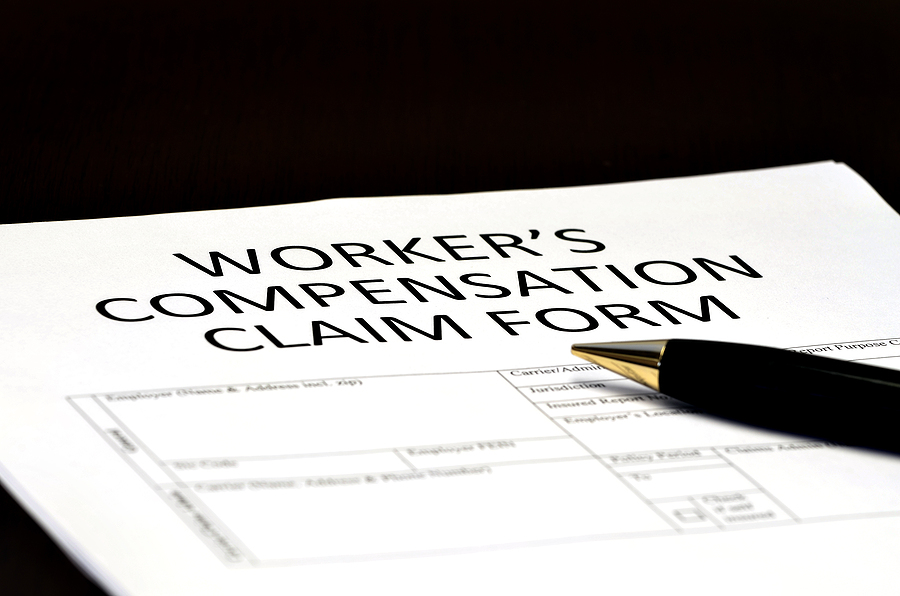When you have been injured because of someone else’s fault, you may want to make them pay for the cost of your medical bills, damages to your property, emotional effects, and other financial losses. However, before they can compensate you for your damages, there has to be evidence to prove that they are at fault.
The first thing that is determined in personal injury cases is negligence or who is at fault. This can be a car driver, an employer, property owner, a manufacturer, or the local government. The laws that determine fault or no-fault vary from state to state, and it is important to know your state laws before making a personal injury claim.
If you have sustained injuries after an accident due to someone else’s fault, you should get in touch with an experienced personal injury lawyer in your state to advise you on your state’s laws and your options. Even though it may be clear who is at fault, you can only hold them liable if your state allows you to.
What It Means to Be At-Fault
Table of Contents
Most accidents or personal injury claims involve two parties: the victim or plaintiff making a claim, and the defendant. The defendant in such cases can be a manufacturer, employer, and auto or homeowners insurance company. There are times where the defendant is an individual, mostly if they are not covered under any insurance policy. If you live in a fault state, the defendant can be held liable for your injuries, and this means that they are at fault.
If the at-fault party does not deny liability, they can choose to settle the case without going to court. This is the most common outcome of many personal injury cases. However, if they dispute liability, your attorney will have to file a lawsuit against them and get evidence to prove that they are liable.
Personal Injury Cases in the No-fault States
If you are in a no-fault state such as New York, Florida, Michigan, Minnesota, Hawaii, New Jersey, Kentucky, and more, you can only make a claim against your own insurance company. For example, if you have been involved in a car accident, you cannot claim the other driver’s insurance company even if they are at fault.
In some states, your insurer may pay you for damages such as lost wages, medical costs, and other out-of-pocket expenses that result from the accident. However, if the victims sustained severe injuries, they can sue the at-fault party even if they are in a no-fault state.
No-fault states also require that all vehicle insurance policies include personal injury protection (PIP). The no-fault system takes small claims from cases like car accidents out of the court, limiting the ability to sue. In these states, the insurance companies use terms of policies such as first party, second party, and third parties. The first party covers the policyholder, and the insurance compensates the policyholder after an accident even if they are at-fault.
No-fault Medical Coverage
Apart from car accidents, homeowners can also protect themselves from a possible lawsuit using no-fault medical coverage. Homeowners can include this in their insurance policy. Should a visitor sustain an injury while in their property, they can submit their claim directly to the insurance company without holding the property owner liable.
Contact a Personal Injury Lawyer Before Making a Claim
Fault and no-fault claims aim at making a personal injury claim against another insurance company or your own. At times, these claims can bar you from filing a lawsuit. If you have been injured, it may be best to contact a personal injury attorney before making a claim. This way, you will know and understand your state’s laws to ensure that you make a right and successful claim.
Image Source: BigStockPhoto.com (Licensed)
Related Categories: Legal, auto, Cars & Vehicles, Reviews, Safety








